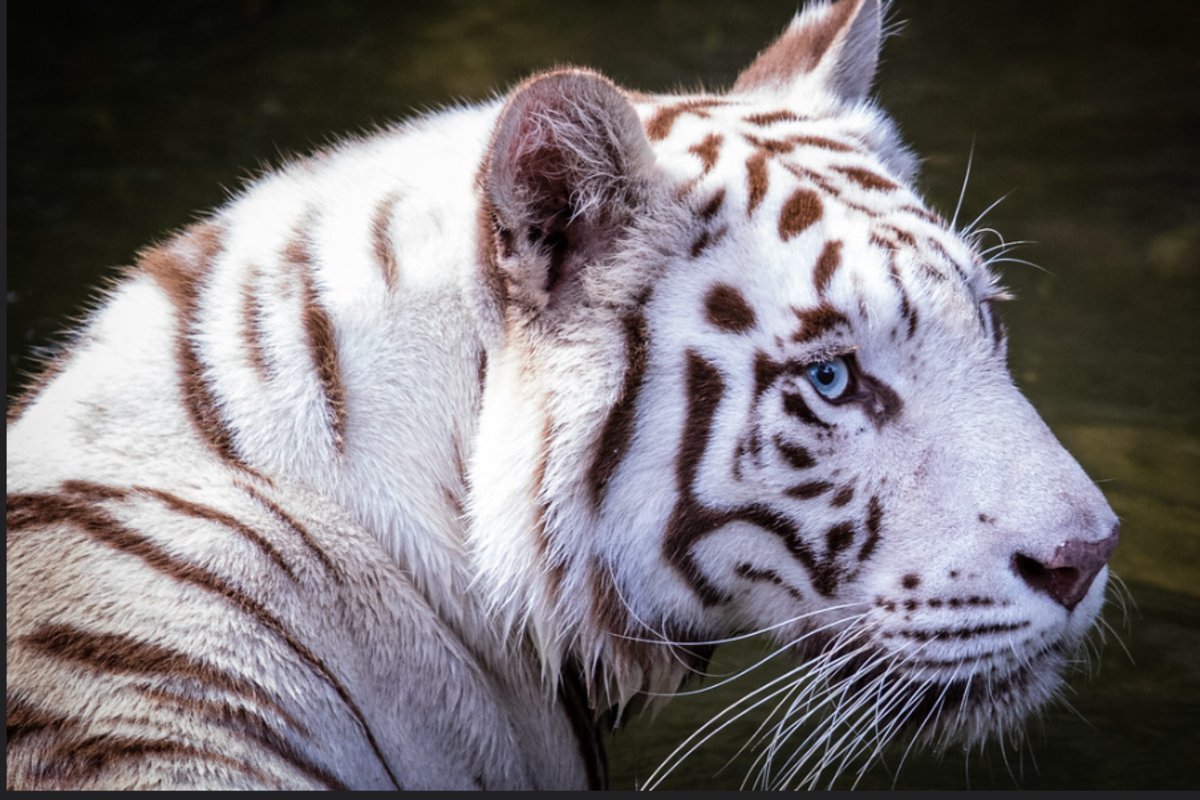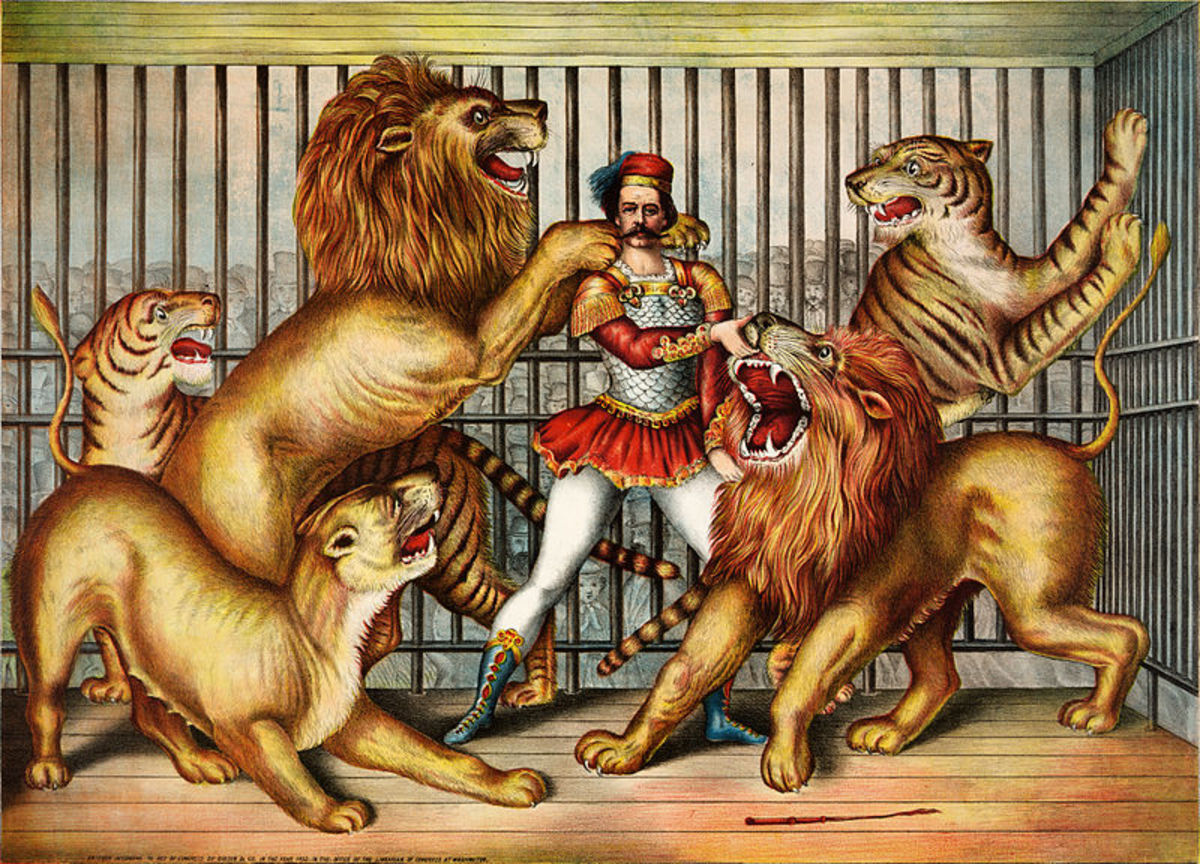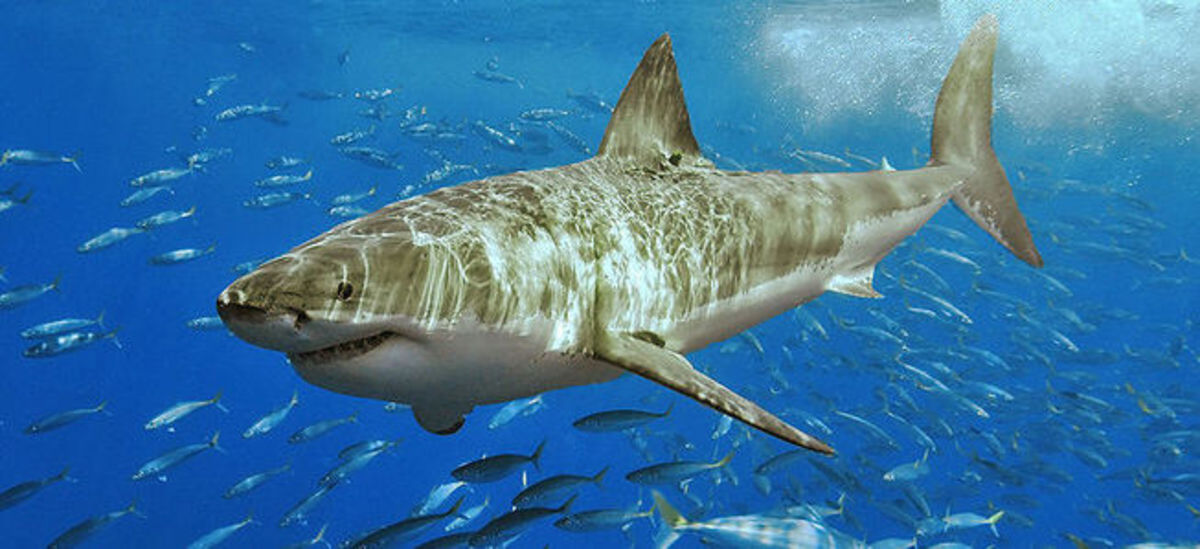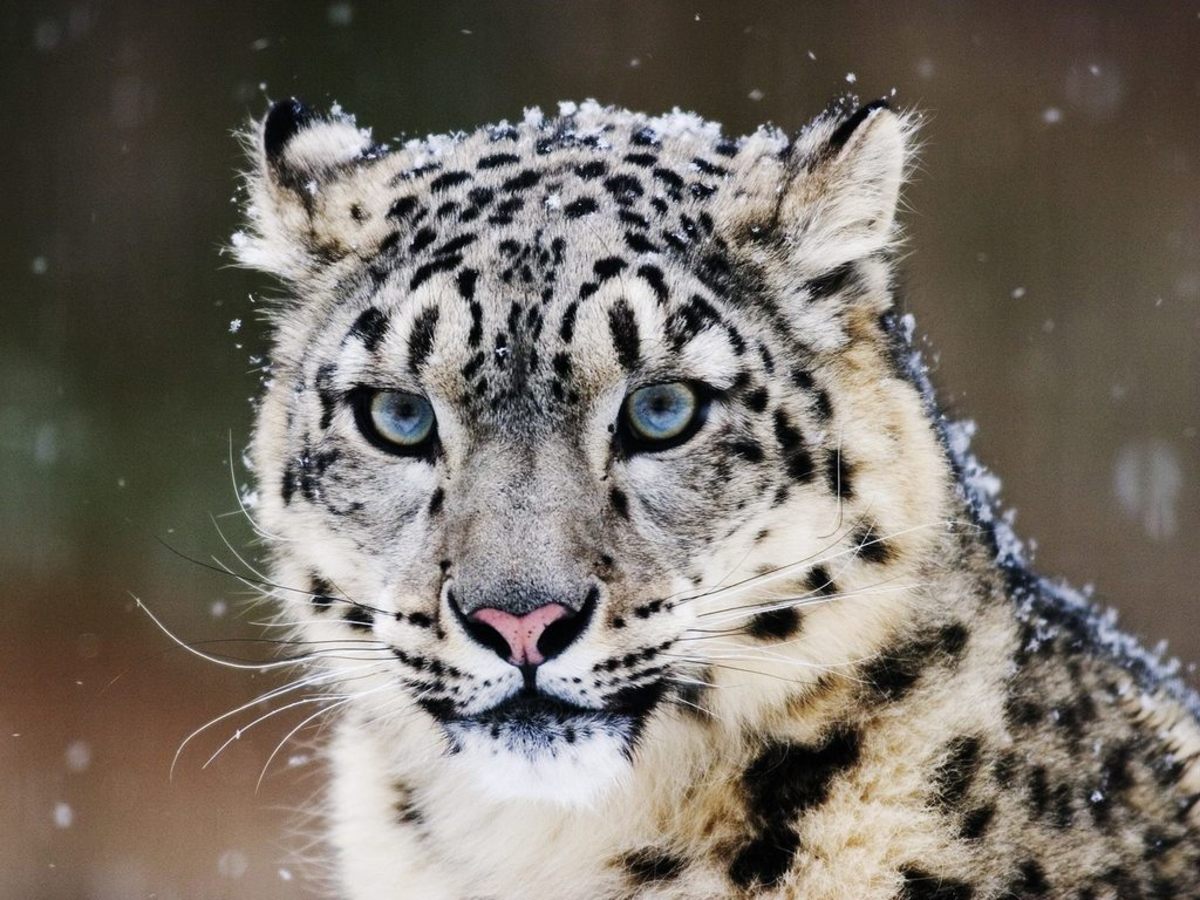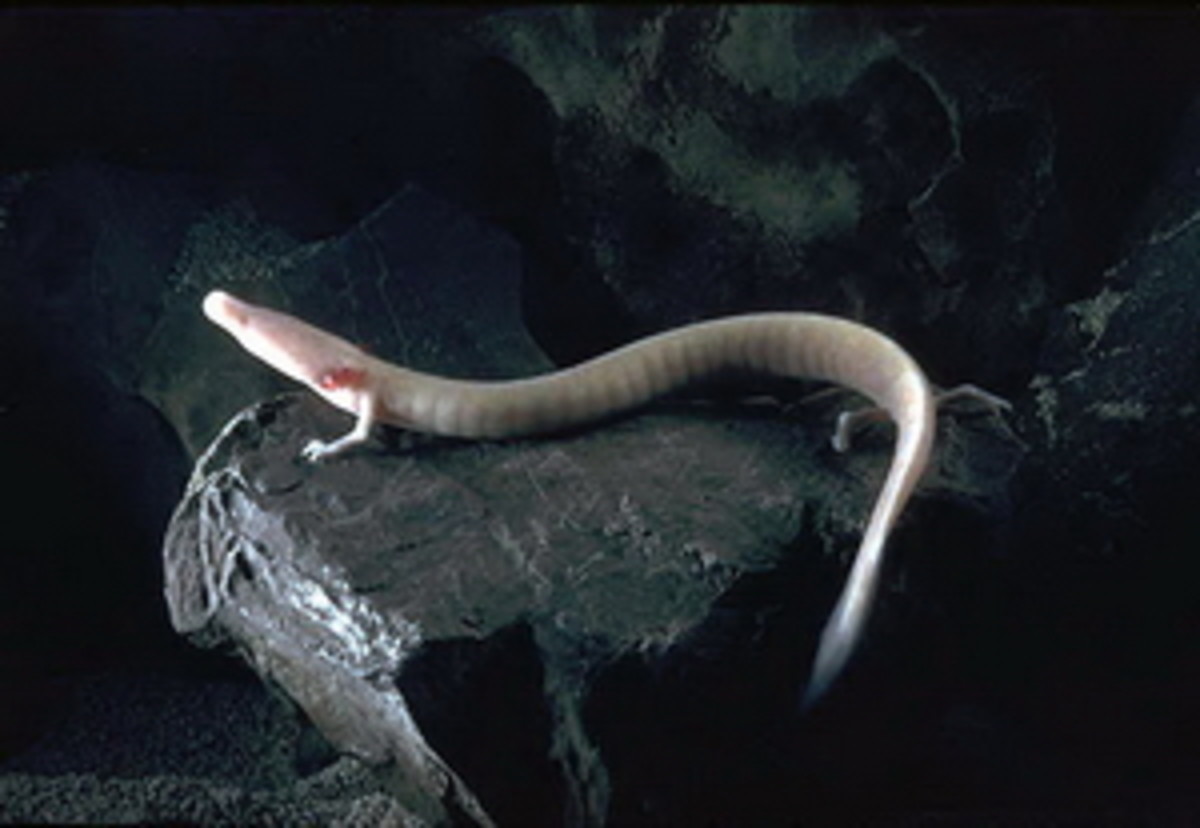When Is "Bred in the Wild" Actually in the Wild?
Just when is the wild the wild?
In the past few years there have been a number of newspaper stories making claims of 'return to the wild' or 'breeding in the wild'. There can be little doubt that some such claims are true but other such stories need to be taken with a lot more than a pinch of salt. The people who dream up these stories do it to draw attention to their projects and that is quite understandable but when it tries to trick the general public with a falsehood then it is wrong. One of the main reasons for the maintenance of wild animals in captivity is education. When the wrong message is put across exactly the opposite is done. This is anti-education, false propoganda.
A White Tiger
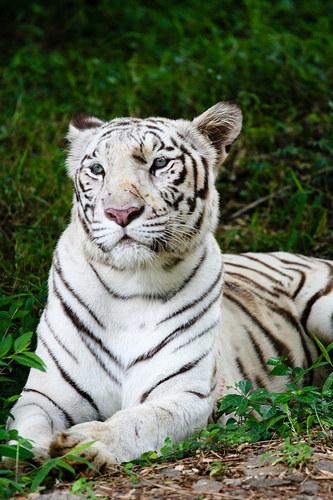
Wild Born White Tiger???
In 2009 there was considerable fuss made in the press over the first white tiger to be born 'in the wild' since 1954 (or 1951 depending on which newspaper article you read). In Africa!!!
I doubt that anybody would dispute the fact that a white tiger had been born in 2009 on Tiger Canyons reserve in South Africa. It was not even the first white tiger to be born in Africa as there was one in a litter born on Christmas day 2008 and was hand reared at the Cango Wildlife Ranch near Cape Town. Perhaps there were even other white tigers born elsewhere in Africa even earlier than that.
The real point here is that the white tiger born in Tiger Canyons was born in a huge fenced enclosure. Even if the parents killed their own food they were enclosed. They most definitely were not wild. If they were not enclosed they would undoubtedly have broken a number of international laws dealing with irresponsible introduction of non native species.
Here is a brief reference to the mother of that white cub (which was later named 'Shine'):
"Having eyed me warily as I walked alongside her mentor John Varty for several days, Julie stood up where she lay panting heavily, her belly bloated and distended with what would later transpire to be five tiny tigers, walked to me and rubbed her head over mine in a typical big cat greeting ritual, licked my face then rolled on to my lap as I sat transfixed on the ground. With this gesture I understood that Julie had welcomed me into her life, and subsequently into her den." Taken from 'Every year is Year of the Tiger at South Africa’s Tiger Canyons' by Daryl Balfour.
Lovely story but it is not the behaviour of a wild tiger. It is a tame tiger in a large fenced enclosure. Even later the cubs were removed for hand rearing. The white cub became very humanised and later was killed by another tiger. All of the tigers were later rescued when Tiger Canyon flooded.
Whatever the in's and out's, the why's and the wherefore's these are NOT wild tigers and they are NOT in the wild.
Wild Cheetah
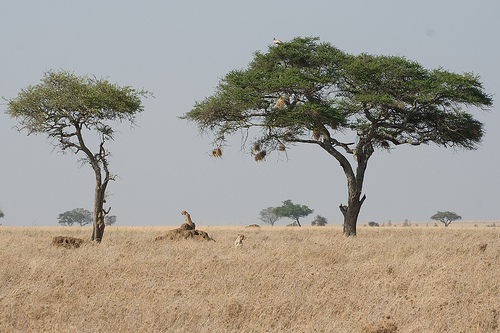
Wild Born Cheetahs in the UAE???
2009 saw the release of the first Cheetah from their training pen on Sir Bani Yas island off the coast of Abu Dhabi in the United Arab Emirates. This was hailed initially as 'roaming freely in the wildlife park' and only later turned into a different story when the cubs were born when the blurb turned to 'First Wild Born Cheetah in UAE for 38 years'.
Even if we ignore the fact that the Cheetah has never been part of the endemic fauna of the UAE we have to address the use of the word 'wild'.
These Cheetah, like the aforementioned Tigers may well catch their own prey but that does not make them wild. They are in a huge enclosure on a large desert island. There is no natural water. The water is needed for the large number of animals on the island. The water is needed for irrigation of the plants to feed the herbivores. Most of the feed is imported daily from the mainland. Without the presence of man this wildlife utopia would very quickly collapse.
This is not the wild

Reintroduction
Even in programmes where reintroduction is the aim there may well a question as to whether animals are actually wild. They may well be fully self supportive and at real risk from predators but if they are held within enclosures, however massive, are they really truly wild?
Interested in Animals and Zoos
Check out THE ZOO HUBS


